How to Get Rid of Moss in Your Yard: 4 Expert Tips
-
Pete Ortiz
- Last updated:
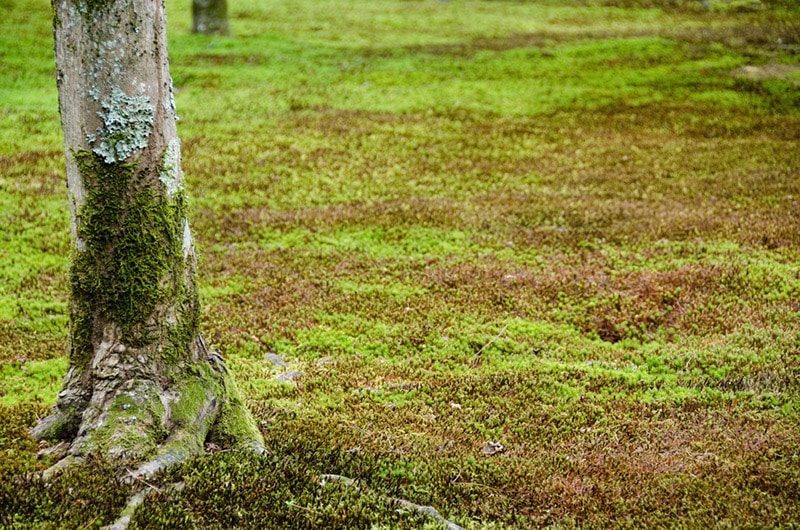
Moss. It’s the bane of many a yard owner’s existence, creeping up on us when we least expect it and taking over our precious lawns. But fear not! There’s no need to stare despondently out the window every time you see a patch of moss growing.
As you’ll soon learn, there are some easy ways to get rid of it and keep your yard looking lush and beautiful. Check out these four tips for how to get rid of moss in your yard!
The 4 Tips to Get Rid of Moss From Your Yard
1. Chemical Elimination
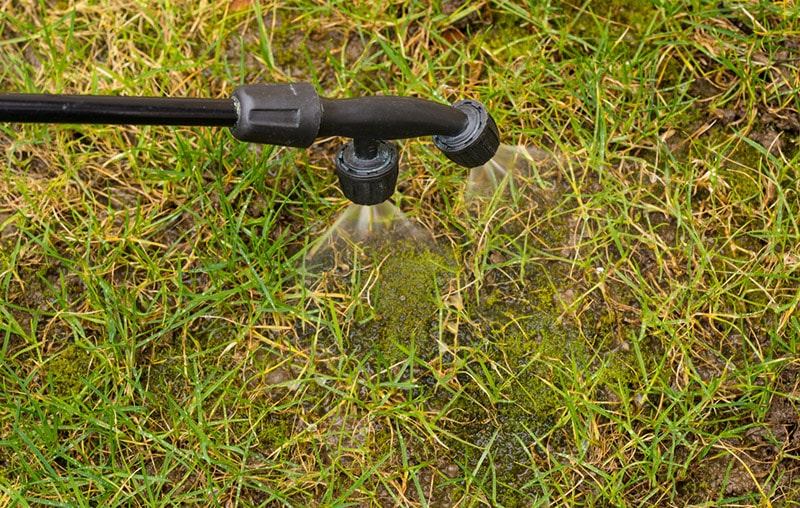
The most direct way to rid your yard of moss is to use a chemical product specifically designed for this purpose. These products are usually applied directly to the affected area, and they work by killing off the moss.
If you choose to go this route, be sure to follow all safety instructions provided by the manufacturer and wear protective gloves. Also, keep in mind that chemical elimination is only effective for short-term relief; you may need to reapply periodically if you have a particularly persistent problem.
However, this is the most straightforward solution for getting your yard back to looking its best. Chemicals that are designed to work against moss can often be found at your local hardware store.
When using such chemicals, you always want to be aware of other plant life in the area and take care not to harm it. If you’re not careful, the chemicals could end up negatively affecting other plants or even your grass.
- Quickest and most effective solution
- Generally affordable
- Easiest way to get rid of miss
- Can harm other plants
2. Aerate Your Lawn

Another great way to prevent moss from taking over your yard is to aerate it regularly. This process helps to improve drainage and create better air circulation for the soil, both of which can hinder the growth of moss.
For best results, use a garden fork or aerator to puncture the ground every few inches. This will create small holes that can help promote water movement and reduce compaction in your lawn.
When aerating, be sure not to go too deep—the goal is just to loosen up the soil and give it some breathing room. Aeration should be done about once a year for optimal effectiveness against moss. And don’t forget; you’ll want to fertilize your lawn after aerating it, as well!
While this method takes longer and requires more effort to maintain, it can help you to keep moss away. Just be sure to do it every year for the best results.
- Helps improve drainage and air circulation for the soil
- Can help prevent moss from taking over your yard
- No chemicals involved
- Can be time-consuming and labor-intensive
3. Organic Moss Killers
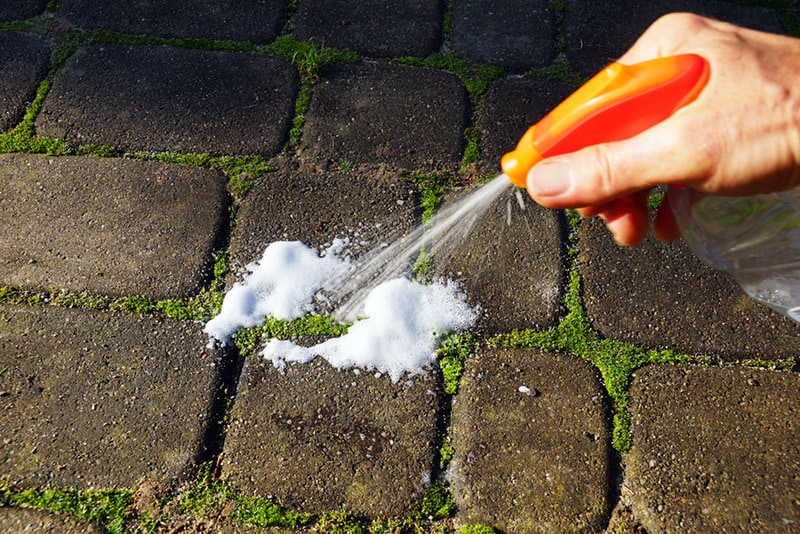
For a more natural solution, try using an organic moss killer. These products are typically made from ingredients such as vinegar, citrus oil, and other safe-for-the-environment substances.
Organic moss killers work by breaking down the cellular structure of the moss, thus killing it off and allowing other plants to take its place. You can apply these products directly to the affected area with a spray bottle or garden hose attachment.
Organic moss killers are generally safe for use around children and pets as long as you follow all instructions provided by the manufacturer. Just be aware that, like chemical treatments, you may need to reapply the organic moss killer periodically for optimal results.
- Safer option than using chemicals
- Affordable solution
- Less likely to harm other plants or your lawn
- May need to reapply periodically
4. DIY Moss Killer
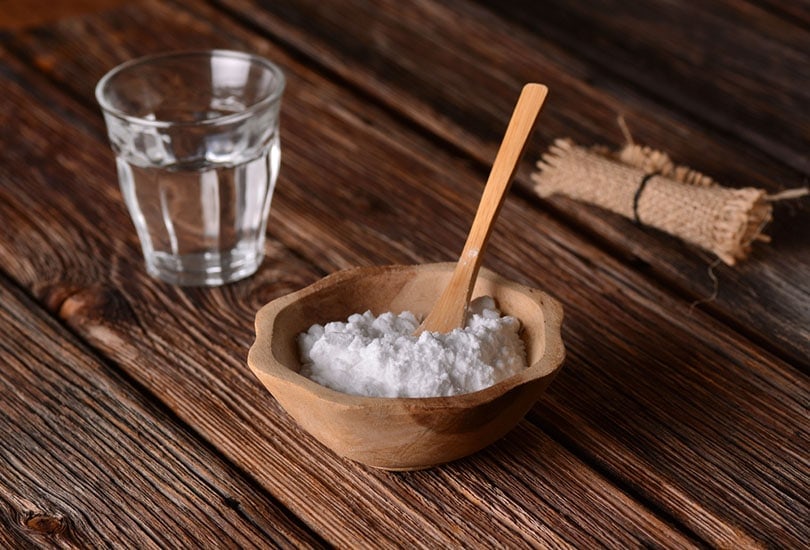
If you’re feeling crafty, you can also try making your own DIY moss killer. This method is usually made using a combination of water and dish soap. You may also use baking soda in place of dish soap to increase the effectiveness of the solution.
To create your own moss-killer rising dish soap, add a few ounces to two gallons of lukewarm water. Once mixed, you can apply the solution directly to the affected area with either a spray bottle or a garden sprayer.
Try to cover the affected area as much as possible and give it 24 hours to work its magic. After that, it’s just a matter of brushing off any leftover moss and giving your yard the once-over.
If you prefer to use baking soda, simply add a small box of it to two gallons of lukewarm water and repeat the steps above.
- Cheaper than store-bought products
- No hazardous chemicals
- Easy to make and apply
- Might not be as effective as other solutions
Care Tips for Lawns With Moss
Now that you know what to try if you have moss in your yard, let’s explore some helpful tips to help keep it away!
Mow High and Often
Keep your mower’s blade set at least three inches so you don’t scalp the grass, which can allow sun-loving weeds to take hold in its place. Regularly trimming the lawn also helps keep moss from spreading.
Fertilize Regularly
Applying fertilizer that is rich in nitrogen will promote healthy growth of the turf and discourage moss from taking over. Make sure to follow the directions on the label for proper application rates and timing.
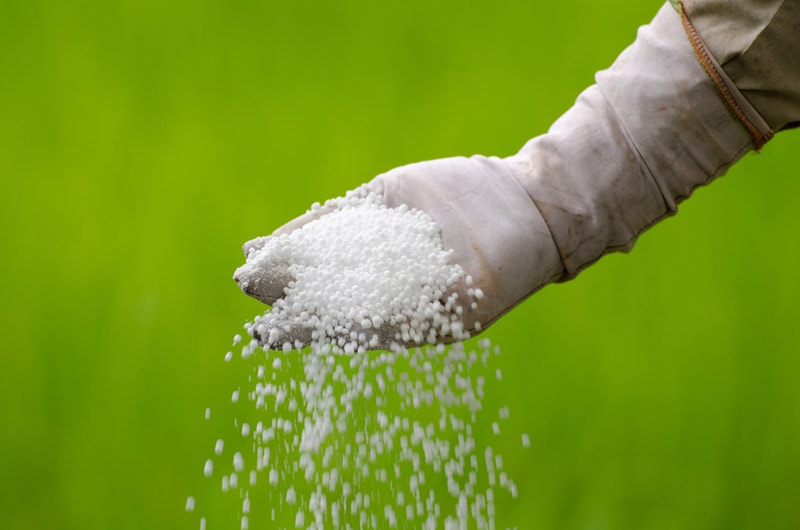
Aerate or Dethatch Your Yard
These two processes are important for allowing oxygen, nutrients, water, and sunlight to reach down into the soil where the grass’s roots can absorb them.
Water Deeply and Infrequently
Overwatering can cause the lawn to become soggy, which is an ideal environment for moss to spread. Aim to water deeply and less frequently, allowing the ground time to dry out before the next watering session.
Watch Your Shade
If you have areas of your yard that never seem to get direct sunlight, shading might be a factor in promoting moss growth. Consider trimming any trees or shrubs that are blocking sunlight from reaching certain parts of your lawn.
By following these tips, you’ll be well on your way to having a healthy lawn free from unsightly moss! Good luck and happy gardening!
Final Thoughts
Moss in your yard can be an unsightly and pesky problem, but with the right steps, it doesn’t have to be. By trying store-bought products, DIY solutions, or following proper care tips for your lawn, you should be able to get rid of moss in no time!
Featured Image Credit: Bildagentur Zoonar GmbH, Shutterstock
Contents


